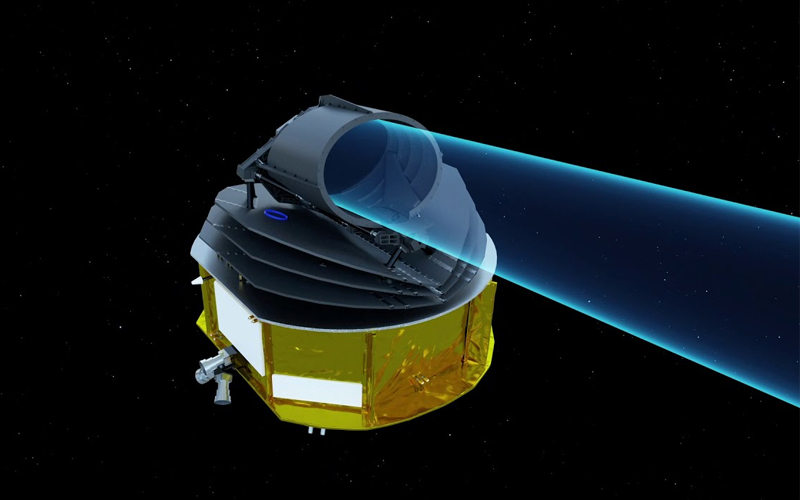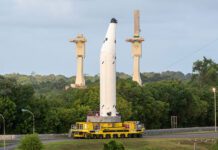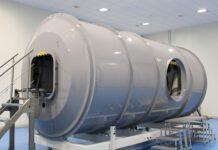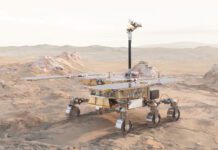
The European Space Agency announced December 7 that it had signed a €200 million contract with Airbus Defence and Space to build the agency’s Atmospheric Remote-sensing Infrared Exoplanet Large-survey (Ariel) observatory.
Since the first observation in 1995, more than 5,000 exoplanets have been identified. However, very little is known about the chemical composition of the atmospheres of these planets.
The 1,300-kilogram Ariel observatory will be tasked with studying the composition of the atmosphere of exoplanets, the manner in which they formed, and how they will evolve in the future. It is hoped that these observations will give us a glimpse into how our own solar system was formed. It may also answer the existential question of whether or not we are alone in the universe.
Over its four-year primary mission, which could be extended by at least two years, the Ariel observatory will study approximately 1,000 exoplanets in visible and infrared wavelengths. It will be stationed at the second Lagrange point (L2), 1.5 million kilometres directly behind Earth as viewed from the Sun.
According to ESA, the Ariel mission will be launched aboard an Ariane 6 in 2029 together with the agency’s Comet Interceptor mission.
“Launch may still seem a long way ahead for Ariel, but we are firmly on the road to a wonderful science mission, which will further broaden our understanding of solar system science well beyond the boundaries of our own planetary neighbourhood,” says Theresa Lueftinger, ESA Ariel Project Scientist.
Ariel was selected in 2018 as the fourth medium-class science mission in ESA’s Cosmic Vision plan.







